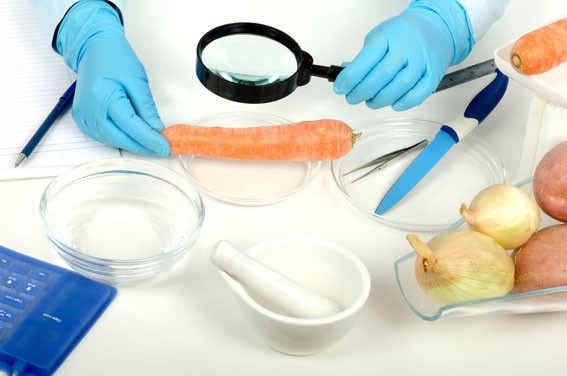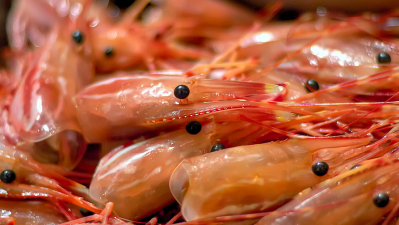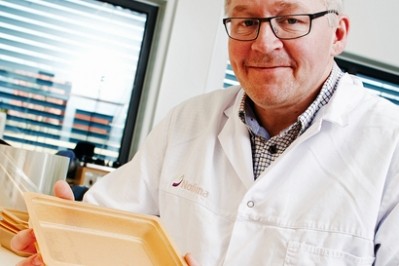Researcher finds chitosan film, made from crustacean shells, preserves carrots

Itsaso Leceta worked with a team from UPV/EHU-University of the Basque Country to publish the document ‘Quality attributes of MAP packaged ready-to-eat baby carrots following application of chitosan-based coatings’.
Petroleum by-products
As part of the research, Leceta says food items are covered with plastic films to make them last longer and protect them from microbes but packaging and wrappers made from petroleum by-products are damaging the environment.
The quest for alternative materials to plastics produced from petroleum is an environmental priority.
"Chitosan is made out of the shells of prawns, king prawns and other crustaceans. The environment benefits from the use of this waste material and the resulting product is biodegradable," said Leceta.
"Chitosan also has antimicrobial properties, so it is highly suited to the food industry, as it reduces the microbial load, in this case, of carrots. That is why their properties have been better preserved."
It is not the first time biodegradable packaging made of chitin and chitosan from shrimp shells has been mooted for improving and conserving food products.
Norwegian Food Institute, Nofima, and Italian company Mavi, took part in an EU project called n-CHITOPACK in 2013 as part of a consortium focusing on the industrial use of waste derived from natural chitin nanocrystals (chitin-nanofibrils-CN).
Chitosan-based edible coatings and films were shown to combat Listeria monocytogenes (LM) in cold-smoked salmon, in a study by Haiqiang Chen et al, published in the Journal of Food Science in 2011.
Research continues
"We have to go on conducting research. Just as with renewable energies, it is better to have various options to produce a mix rather than just to have only one. You have to work with different polymers, to reduce the use of petroleum-based materials as much as possible," said Leceta.
She added if we take into consideration the whole life cycle, in many environmental categories chitosan material is better than that which is manufactured using petroleum by-products.
“The key is the environment, and that has been the cornerstone of my thesis. If we don't manage to manufacture a material that is better from an environmental perspective, there will be no point in our work."
Leceta did admit though, that chitosan film is not without its disadvantages; ‘Every option has its downsides’, she said.
“It is better than plastic in terms of its environmental impact but that does not mean it does not pollute,” she added.
“The manufacturing of chitosan, unlike the production of conventional plastics, has yet to be optimised. Once it has been optimised, the environmental impact of chitosan will be reduced even further.
“Every option has its downside, so the one that causes the least damage has to be chosen."
The research was carried out mainly at the Polytechnic School of Donostia-San Sebastian and Leceta spent three months at University College Cork-UCC (Cork, Ireland) collaborating with the Department of Food and Nutritional Sciences of University College Cork.
The research work done in collaboration with the Department of Applied Chemistry of the UPV/EHU's Faculty of Chemistry was also published in the PhD thesis.
SOURCE: University of the Basque Country.
PUBLISHED: Postharvest biology and technology journal (p142 to 150; 2015).
TITLE: Quality attributes of map packaged ready-to-eat baby carrots following application of chitosan-based coatings.
AUTHOR(S): I. Leceta, S. Molinaro, P. Guerrero, J.P. Kerry, K. de la Caba.





